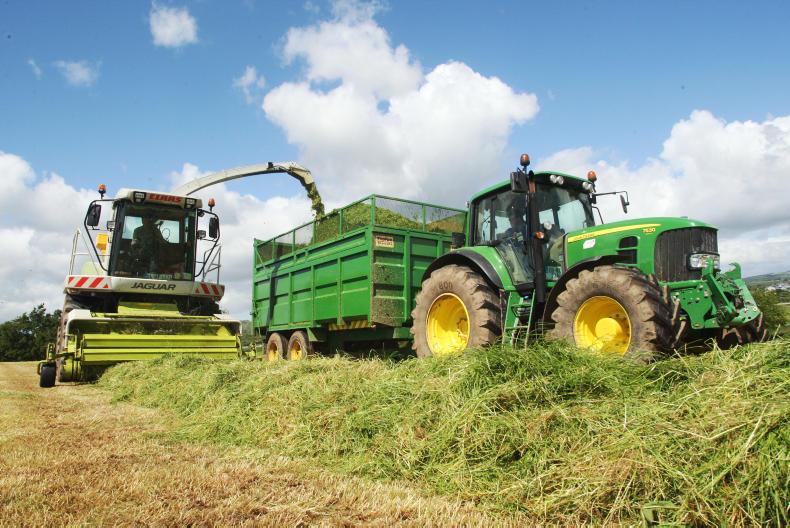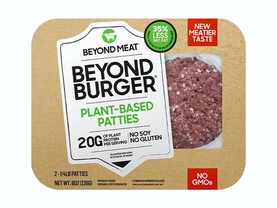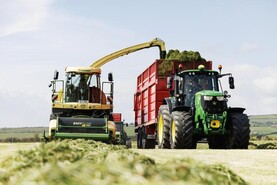One of the biggest issues for farm contractor businesses in Ireland is managing cashflow. That just doesn’t mean cash in hand at the end of the week or month, it reflects on the ability of the business to continue trading on a year-to-year basis. Because of this it affects more than just the ability to manage the weekly wage bill. It allows for funding for the growth and development, which is so necessary for every business to continue and expand.
One of the basics of managing cashflow is understanding the costs associated with running the business. Far too many agricultural contractors don’t spend the time needed to examine their costs.
This means their charge rates are often based on either what they think they can charge or on a figure that’s probably what they believe to be slightly lower than that of the neighbouring contractor, because their potential future farmer customer told them so.
Now is that a businesslike approach to machinery management? As a farm contractor, you need to know your costs. It is time to take out the calculator.
The cost of running a tractor is the simplest cost to identify in order to establish the rate that you need to charge for your services. There are various ways to approach this. Here we will examine the simplest.
There are a number of components to the cost of running a modern tractor. These include depreciation cost, labour, fuel, and other costs such as repairs and insurance. It is worthwhile quantifying these and relating them to the overall cost of running of every tractor in your fleet.
The tractor is just one machine in the fleet, so each individual tractor running cost can be quantified and grouped together where there is more than one tractor involved in the specific operation, such as slurry spreading or silage harvesting.
Let’s start with the depreciation cost. This is essentially the cost of replacing the tractor. In a practical sense the depreciation figure is the figure the machinery dealer quotes to change the tractor for the new-generation model at trade-in time. Typically, this will vary with the size and value of the tractor and the level of use as well as the care given to the machine in terms of operator skill and regular servicing.
Your local dealer will know the history of the tractor and the salesman will quote a replacement figure based on what he/she can expect to get to cover their costs.
This cost keeps rising as tractor sizes get bigger. Over the recent years I’ve discussed this with many contractors and the costs they are being quoted by the dealer to change a relatively modern high-powered tractor can vary from €10 to €15 per hour of use on the tractor clock.
This means a hard-worked two-year-old tractor with close to 3,000 hours on the clock could cost €45,000 to change. This means the depreciation or replacement cost of the tractor is €15 per hour.
The more significant cost today is labour. With the help of ifac it has been identified that, when the new Revenue payroll rules are taken into consideration, a net payment of €500 per week to the driver can cost the contractor upwards of €715 per week. For a regular 39.5-hour week, that comes to a €18.10 per hour cost to the contractor.
So now we are at €33.10 per hour cost before we fill the diesel tank. Tractor tank capacities vary. A popular tractor such as the John Deere 6155M will have a capacity of 270 litres.
Will you get a full day from a tank of diesel on a tractor that’s working hard? Possibly not. Most contractors will find that a tractor drawing silage in the height of the season will burn in the region of 25 litres per hour. At today’s prices that equates to about €20 per hour.
You now see how fast our operating costs are rising. Before we include the cost of a machine on behind, we are fast approaching €50 per hour as the cost of running a tractor in a contractor fleet.
Add the final items such as repair and maintenance costs as well as a comprehensive insurance cost of close to €1,500 per year and you’ll easily add an additional €5 per hour. This completes the tractor cost picture in a practical way.
This approach compares with that of another equally simple tractor costing approach that is based on a running cost of €0.50/€1,000 invested in the tractor and machine. Our 150hp tractor will cost the contractor business in the region of €125,000, so that gives a cost of €62.50 per hour.
The gap in figures of €6/hour in running cost, is not that significant and can be easily understood. Either way, the modern tractor costs the contractor business in the region of €60/hour, before you add the cost of a machine on behind.
Harvesting system costs
When you look at the overall costs of the self-propelled silage harvesting outfit, you can see where the tractor costs fit in. The exercise has proved interesting and it also demands scale to meet annual repayments.
The same rules of thumb relate to the cost of the silage harvester on its own and these are also worth examining. A cost of €1.00 per €1,000 invested in the harvester per hour needs to be allocated (that’s double the tractor rate) because of the high depreciation rates and fuel consumption of self-propelled harvesters.
For a self-propelled silage harvester alone costing €250,000, this equates to a cost of €250/hour. Break this down further and you see where the machine has an overall seasonal working capacity of 6ac/hour, the cost of the harvester is a little over €40/ac.
As you increase the output of the harvester, the cost of the machine on the basis of the rate per acre, will drop. Remember a harvester which does 500 hours of work in a season should have picked up in the region of 3,000 acres of grass. And also remember that season seems to get shorted each year.
Using these figures, and depending on the cost of the tractors and trailers used, a team of three trailers will cost between €30/ac and €40/ac of silage harvested. Each extra tractor added to the fleet for longer draws will add €10 per tractor to this side of the equation.
Add the mowing operation at the quoted rates of €20/ac and the overall costs run to between €110/ac and €135/ac of silage harvested. The range is shown because it depends on the level of machinery investment. If the machines are newer, the repayment costs will be higher, while the running costs, such as fuel, can be lower.
While older machines will typically have lower ownership costs, due to lower depreciation, the repair costs may be higher. These may impact on the seasonal costs and output. They may convert into higher costs per acre of silage harvested.
It is important to establish the individual costs of the system in order to give a fair return on the investment for some of the system components such as the mower or the loader, which can sometimes be owned separately from the harvester, such as tractors and trailers and loaders.
Within this it is important to select replacement machines that have lower fuel costs and lower depreciation, two of the major running costs in a modern silage pit loader. Cutting 10% from the fuel bill can give a saving of €20 per day per tractor.
With good work organisation, there will also be the opportunity to increase output per hour and lower the costs per acre. You need to maximise machine working time, reduce time spent at headlands waiting for trailers and try to organise the work so that all machines are working, rather than waiting in a queue to fill in the field or tip in the pit.






 This is a subscriber-only article
This is a subscriber-only article










SHARING OPTIONS: